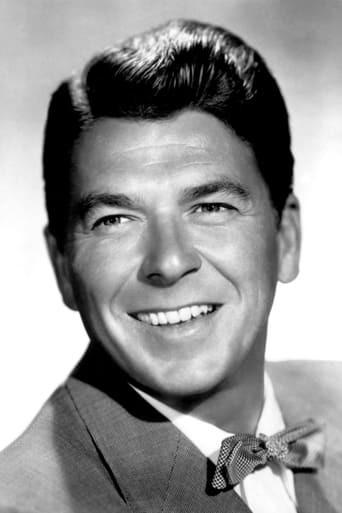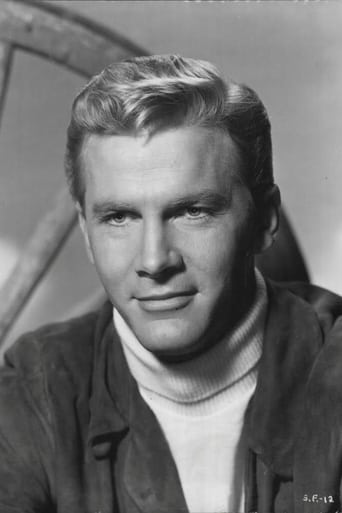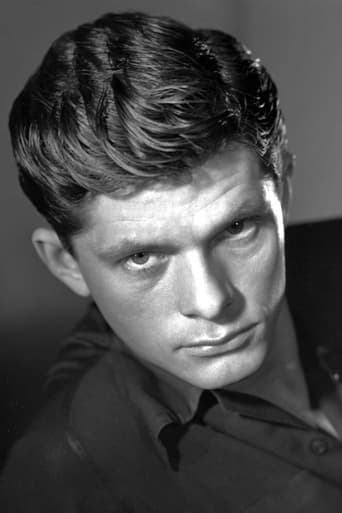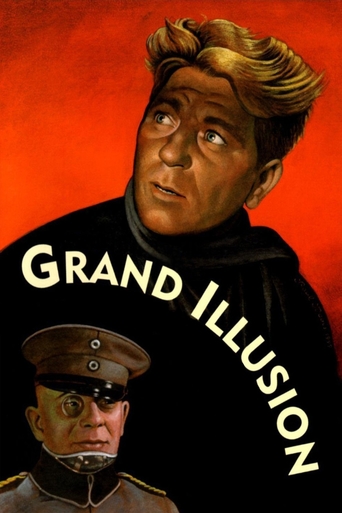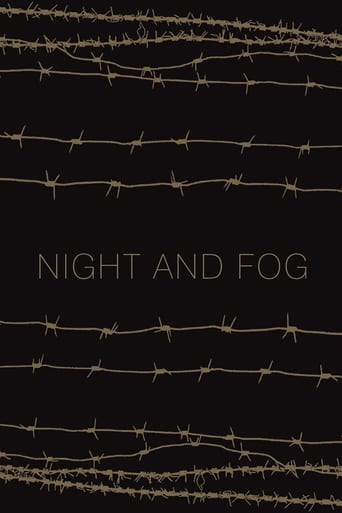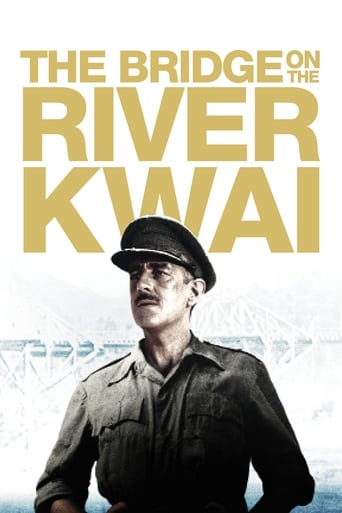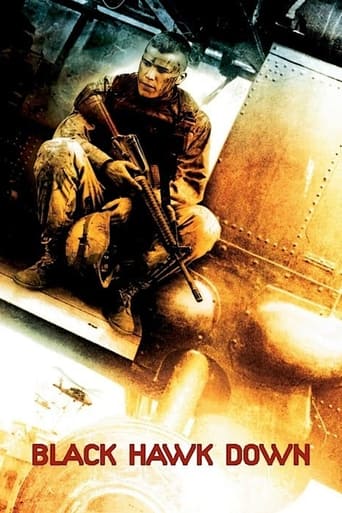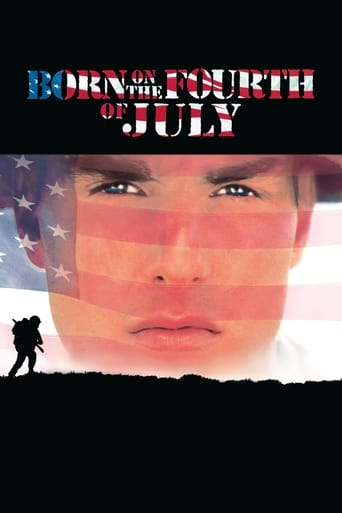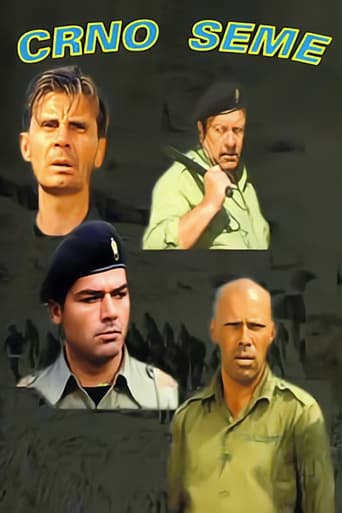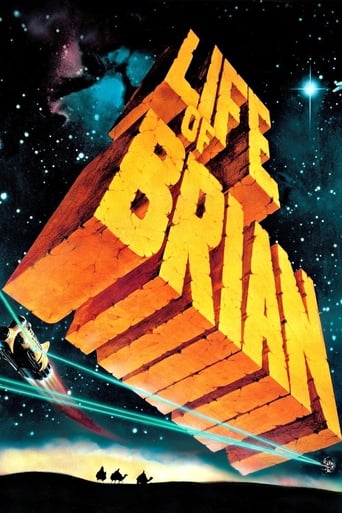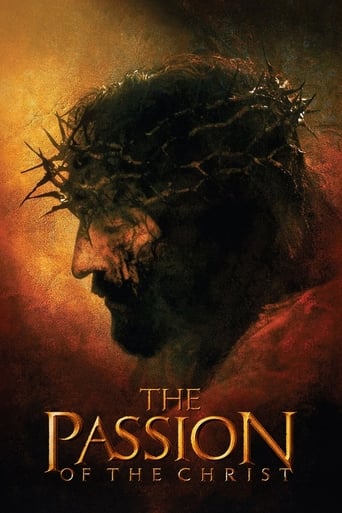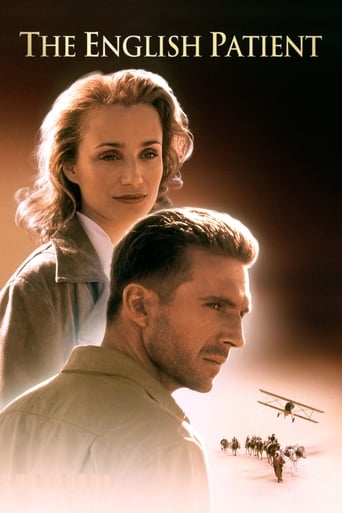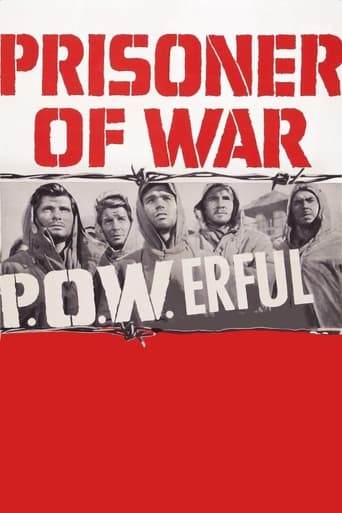

Prisoner of War (1954)
American soldiers, captured by North Korean's, are periodically brainwashed into giving up their capitalist ways to join the communist movement.
Watch Trailer
Cast


Similar titles
Reviews
Pretty good movie overall. First half was nothing special but it got better as it went along.
I wanted to like it more than I actually did... But much of the humor totally escaped me and I walked out only mildly impressed.
This is a must-see and one of the best documentaries - and films - of this year.
The thing I enjoyed most about the film is the fact that it doesn't shy away from being a super-sized-cliche;
One reviewer found this movie quite hilarious. The film does have an unbelievable premise, that the military would actually send some one to investigate the POW camps. In fact in the opening scene, Harry Morgan (of MASH fame) tells Reagan that they have heard of atrocities but have no proof. but how did they hear? And why do they need proof? As if the Communists would actually be forced to behave humanely. That first scene was funny because Morgan comes off like he did as Gannon on Dragnet, the same stilted manner of speaking. Anyway, the film does portray the atrocities in a rather sobering way. And one neat thing is you get to see all these new actors in early roles: Strother Martin, Dewey Martin, Steve Forrest, Darrly Hickman, Dick Sargent and even Stewart Whitman. And One of the guards was Wesley Levy who played the communist leader on Satan Never Sleeps with William Holden. But it was a propaganda movie and so a bit forced and wooden except for Reagan. He was good.
Not a very good movie but according to the info it's pretty accurate in depicting torture techniques. The purpose of the film was to show the brutality of the NK POW camps and that's done effectively enough, with surprising frankness for the time. Whatever technical flaws exist (and there are plenty) by watching this you'll see a forgotten corner of a forgotten war and some pretty nasty stuff - again, nasty because it's being done north of the DMZ and not in Guantanamo Bay.I don't think any of the Korean veterans brought up his torture when running for office, and if you watch the movies like this one and Pork Chop Hill in comparison to the Vietnam films. I don't know if it was the people in '54 being trapped in the WWII concepts (the boys tend to wisecrack a lot) or the war or what, but it's interesting to see this from the same system that 16 years later would be making movies like "Go Tell The Spartans".
Prisoner of War is one of my most favorite Ronald Reagan film. This movie also deserves the title of: "Classic" because it is just that, a classic.Reagan is on a mission to infiltrate a POW camp by being behind enemy lines and once so, shortly manages to slip into line with a column of American prisoners being force-marched to a Chinese ran pow camp. The prisoners are starved and beaten and severely mistreated all the way to the camp. The camp is actually worse than the march was and could easily be called a: "Hell Camp." This hell camp is actually under the tender loving care of the Russians.Reagan, once inside the pow camp, has to find a way to send messages to his commanding officer, on the conditions inside the pow camp. Reagan does so by joining a VERY small group of American pows who appear to turn traitor. They are of course, hated by all the other pows at that camp and soon they make radio broadcasts telling about ""how well they are being treated"" and ind doing so, that is how Reagan manages to use such a cunning code, that the Chinese and Russians never knew that he was doing so.All the while, the camp guards try to break the morale of all the American pows by starvation, torture etc. Steve Forest portrays an Americam pow who's will just cannot be broken; no matter what the Russians do to him.This movie is a bit of a flag-waver but, that is essential as part of this movie. This is another one of those great movies that is rarely shown and really deserves to be shown as much as movies like: The Great Escape and The Dirty Dozen.This movie also needs to be released on DVD so that we all can enjoy viewing it.
It's hard to imagine much of a paying audience for this movie which was rushed into production early in 1954 to capitalize on news stories about ill-treatment of American POWs inside North Korea. Many of these stories dealt with the disturbingly high number of POWs who seem to have collaborated with the enemy in various ways and there was ominous talk that something called "brainwashing" might be responsible for this sorry state of affairs. MGM's problem was to work this material into a commercial property which would patriotically support "our boys" while, at the same time, acknowledge those troubling charges of collaboration. The movie tries to solve this dilemma by showing American POWs indeed confessing to "war crimes" but stressing the fact that this occurred only after they'd been subjected to prolonged, unrelenting torture of both a physical and psychological nature. To adequately make its case, the movie presents scenes of torture intended to be persuasive and yet acceptable to a general audience. These scenes probably remained in the viewers' memory long after the movie's more routine and predictable moments had been forgotten. Three scenes in particular stand out. (1) John Lupton, later of TV's "Broken Arrow" series, is shown kneeling with his arms pulled back and over a horizontal pole passing behind him. Heavy rocks are tied to his hands, painfully stressing his wrists, elbows, and shoulders. Each time the pole is lifted and then dropped, Lupton groans in torment. (2) Steve Forrest and a dozen or so other POWs are forced to lie face-up in open graves for several days and nights. They're exposed to the elements, given no food or water, and become increasingly filthy. Eventually they're taken from their graves and lined up before a firing squad for what proves to be a mock execution. (3) Steve Forrest, Robert Horton, later of TV's "Wagon Train," and six other POWs are crucified with ropes to wooden frameworks at the top of a hill and left to suffer long, slow agonies. All these tortures were attested to as being authentic but their impact is somewhat diminished by casting as their victims only young, handsome actors with virile physiques which are shown off by having the actors wearing nothing but dogtags, undershorts, and a gleaming coating of studio sweat. The result is a parade of homoerotic "beefcake in bondage" usually found only in sadomasochistic magazines! In other respects, the movie benefits from MGM's film-making professionalism and there are just enough crowd pleasing moments of dialog and characterization to take the edge off some of the movie's grimness.(May 2010) Revisiting this movie after more than 10 years have passed, one can't help but be struck by its competency as a piece of film-making. We used to take this nuts-and-bolts stuff for granted but compare the big-studio professionalism of "Prisoner of War" with the sloppy work done, especially in the script department, with "The Hanoi Hilton" -- a 1987 film which tells a similar story about the Vietnam War. Both films are failures but at least "Prisoner of War" isn't an embarrassment.


